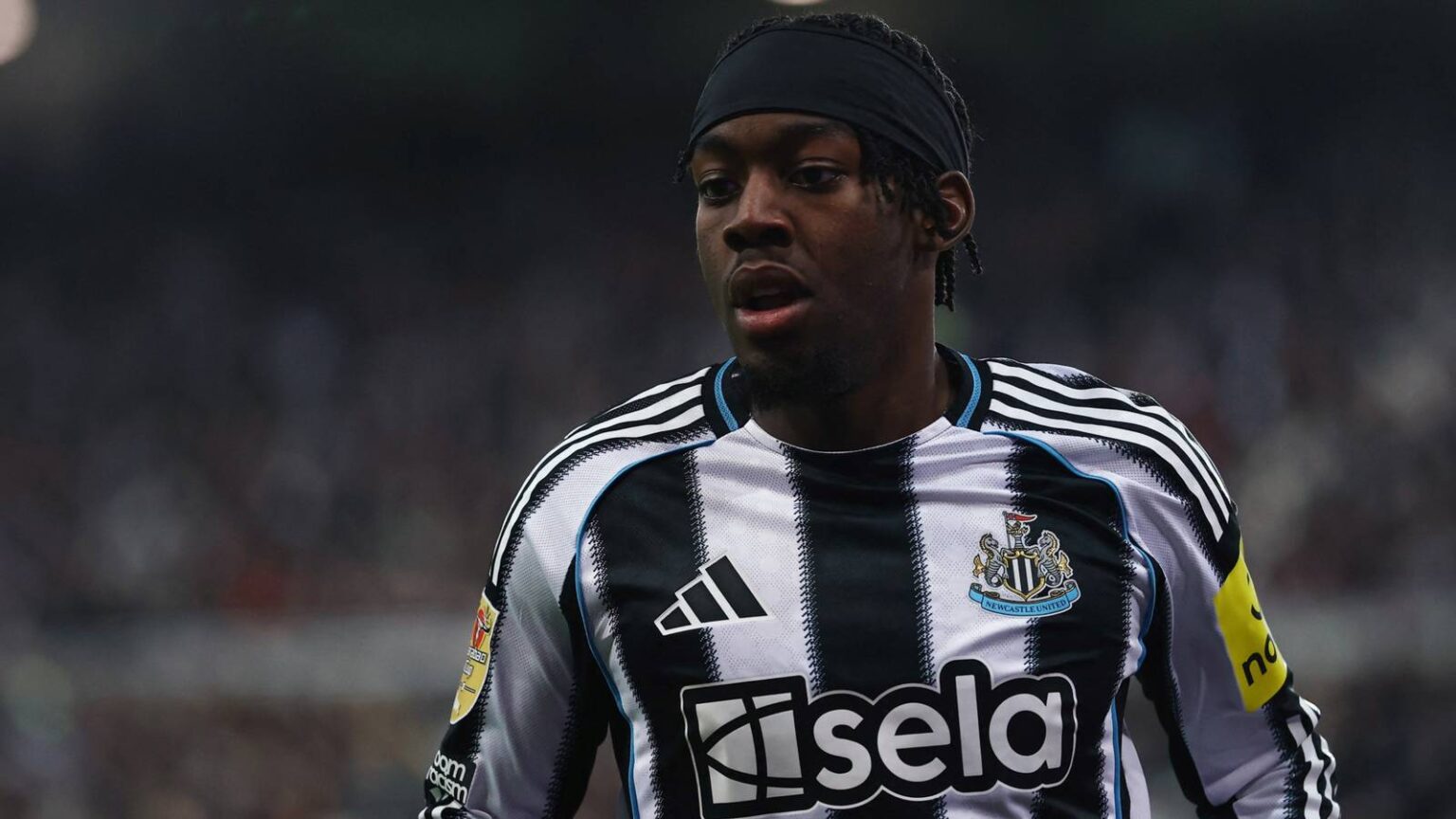After two seasons of improvement under Eddie Howe, Newcastle United’s 2025/26 season was marked by frustration in the final third.
Although the Magpies have shown their familiar energy and work rate, they often lack the attacking incisiveness that once made them such a threat, making goals difficult to come by.
Their defensive consistency remains impressive, with six clean sheets already this season, but that solidity has come at a price.
The front line, rebuilt after the heartbreaking departure of Alexander Isak, is still searching for fluency.
Even with signs of promise from new signings like Nick Woltemade, Newcastle’s expected goals (xG) is down compared to this stage of last season, showing how much they are missing a consistent finisher.
Coach Howe acknowledged that the team is in a transition period offensively and that rebuilding the offense will take time.
However, in order to catch up with their rivals, the club is already planning for the future and investing heavily in talented young players who can form the next generation.
One of those players has come to symbolize Newcastle’s mixed fortunes this season, representing both their problems and potential up front.
Analyzing Elanga’s shaky start to Newcastle
Expectations were high when Anthony Elanga arrived on Tyneside.
The Swedish winger’s £55m move from Nottingham Forest was seen as a signal of intent to inject speed, directness and work-rate into Howe’s pressing system.
However, early performances reflected the team’s inconsistency.
Elanga’s decision-making in the final third has often been questionable, with moments of brilliance offset by series of frustrations.
His basic metrics reflect that imbalance, averaging 3.78 progressive carries but contributing just one assist in 10 games.
Anthony Elanga – 2025/26 | |
|---|---|
number of matches played | 7 |
minutes | 329 |
shot | 3 |
progressive carry | 14 |
progressive path | 6 |
Source:FBref | |
Still, there are clear signs of improvement. Elanga’s off-ball movement has evolved. He is now making more runs into the box and his pressing success rate is higher than last season.
These changes suggest that the players adapted to Howe’s demands and honed their natural athleticism into something more structured.
Elanga’s new focus coincides with Newcastle’s gradual tactical changes.
Howe has been experimenting with rotating his front three, giving Elanga license to switch wings or move inside. It’s a role reminiscent of how Miguel Almiron was used during Newcastle’s Champions League campaign two seasons ago.
He may not yet be producing the consistent end product expected of a starting winger, but Elanga’s development represents a microcosm of Newcastle’s wider attacking project, which, while still not perfect, is clearly heading in the right direction.
And while Elanga continues to evolve, another player may be the deciding factor in Newcastle’s future.
Newcastle’s homemade eranga
At just 18 years old, Trevan Sanusi is already being talked about as one of the brightest prospects to come out of Newcastle’s academy in recent years.
A quick and direct winger with an eye for goal, Sanussi is a talented and intelligent player who is comfortable connecting plays in tight areas as well as playing against defenders.
The Birmingham-born player started out at his hometown club Birmingham City before joining Newcastle in 2024, fending off interest from Manchester City, Liverpool, Arsenal, Tottenham and Manchester United.
This attention speaks volumes about his talent and potential limitations.
Sanusi’s rise in the rankings has been steady and certain.
He has represented England at every youth level up to the Under-18s, making six appearances for the Under-18s since making his debut against Portugal in 2024.
With Newcastle, he appeared in three games in Premier League 2 this season, and then moved on loan to France’s FC Lorient for the 2025-26 season, a move he made in order to speed up his development.
An unfortunate ankle sprain delayed his debut in Ligue 1, but Howe’s staff are already finding the experience of training in a new environment invaluable.
Prior to his loan, Sanusi made his first-team debut with Newcastle, coming on as a substitute in the 69th minute of the second half against Bromley, showing glimpses of his speed and composure at the top level.
Described as a “huge talent” by the NUFC blog, Sanusi’s strengths lie in his acceleration, precise control and direct dribbling, all of which Elanga displayed during his early days at Newcastle.
His ability to beat defenders one-on-one has sometimes been compared in authority to Allan Saint-Maximin, although his decision-making is considered more mature.
Howe has already shown his faith in young players, as evidenced by Lewis Miley’s 26 appearances for the first team in 2023/24, and if he continues on that trajectory Sanusi could be his next player.
For a Newcastle side looking for an attacking spark and long-term identity, Sanusi is both a reminder and a promise. The future of the club is not just something to be bought, it is something to be built.
If Elanga can rediscover his cutting-edge skills and Sanusi can fulfill his potential, Newcastle’s misfiring attack of today could soon become tomorrow’s greatest strength.



